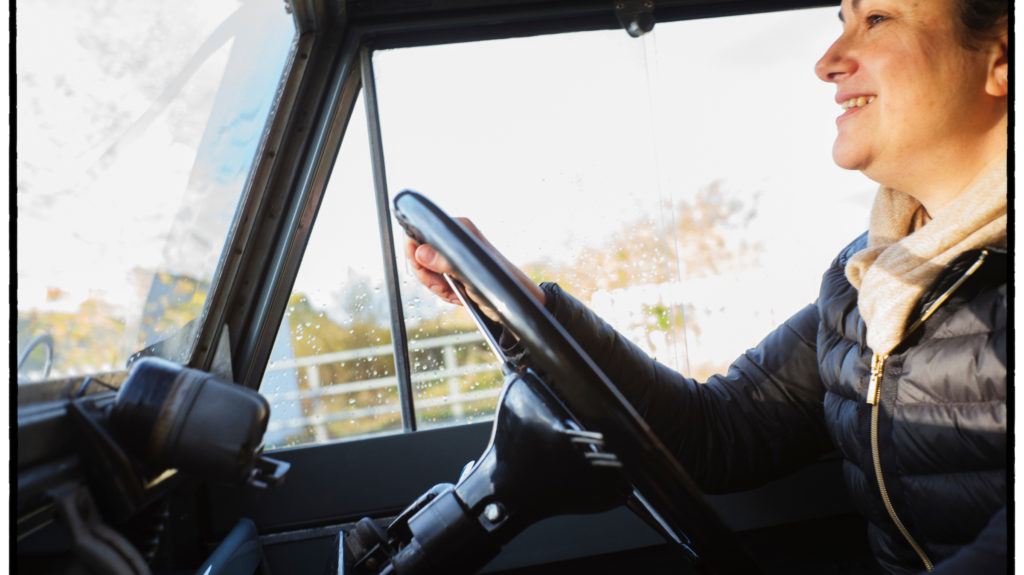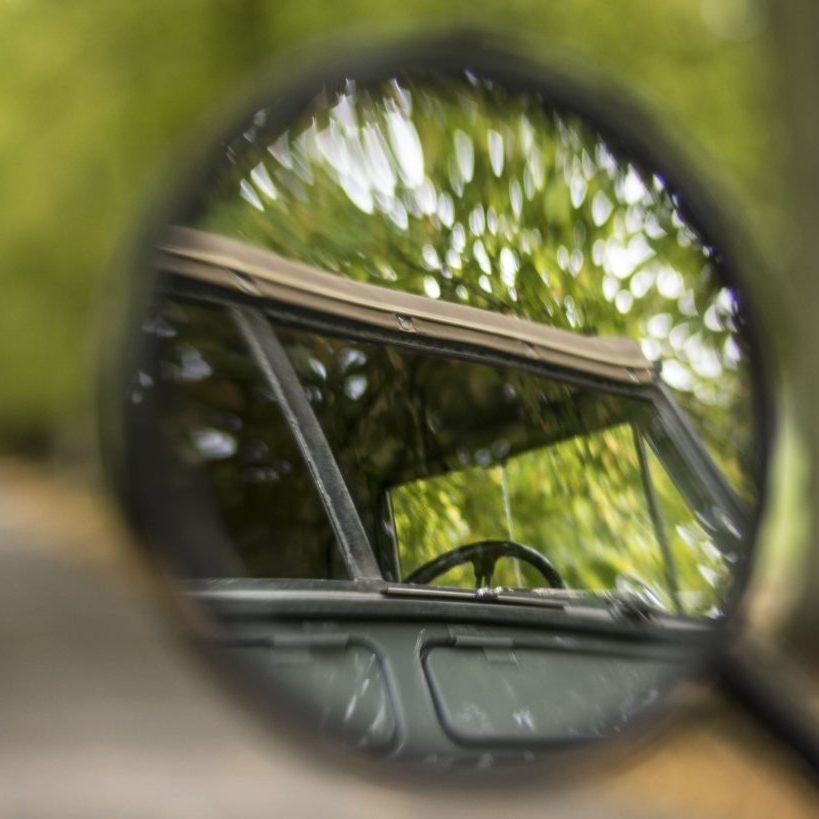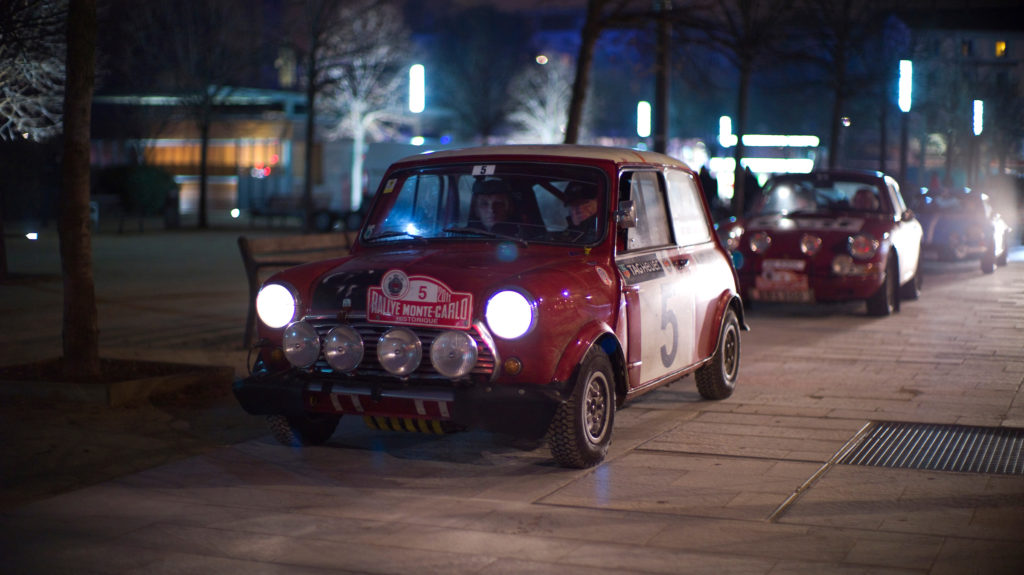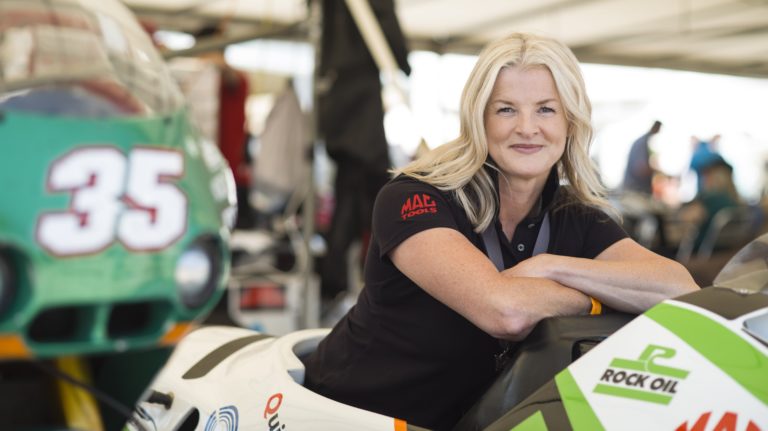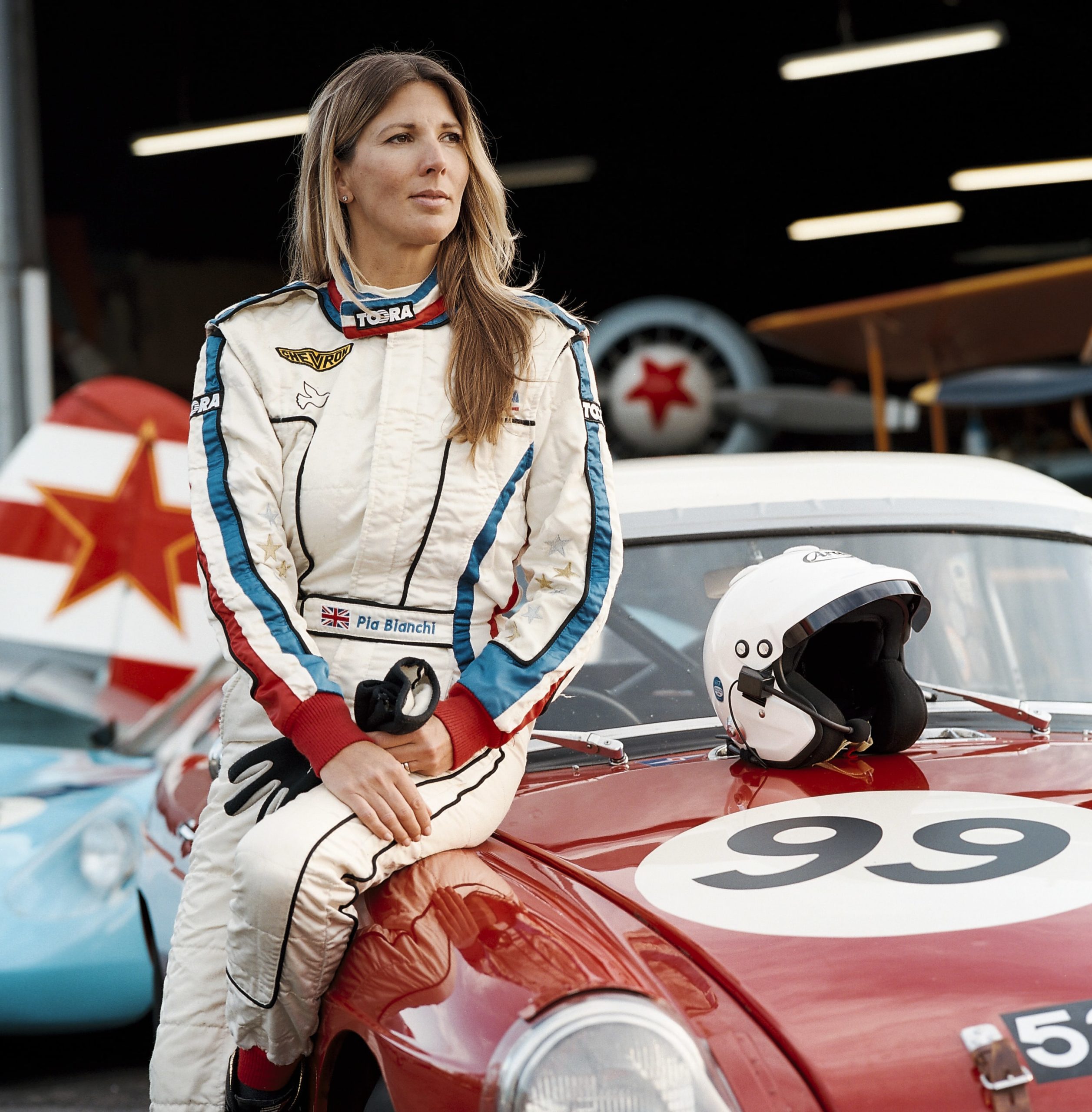Photojournalist, author and photo consultant Lara Platman has photographed and written about motor racing for over 15 years. She’s raced a bit, too.
We caught up with Lara to talk about her love of motorsport, her classic Land Rover, and her passion for actually getting out and driving classic vehicles.
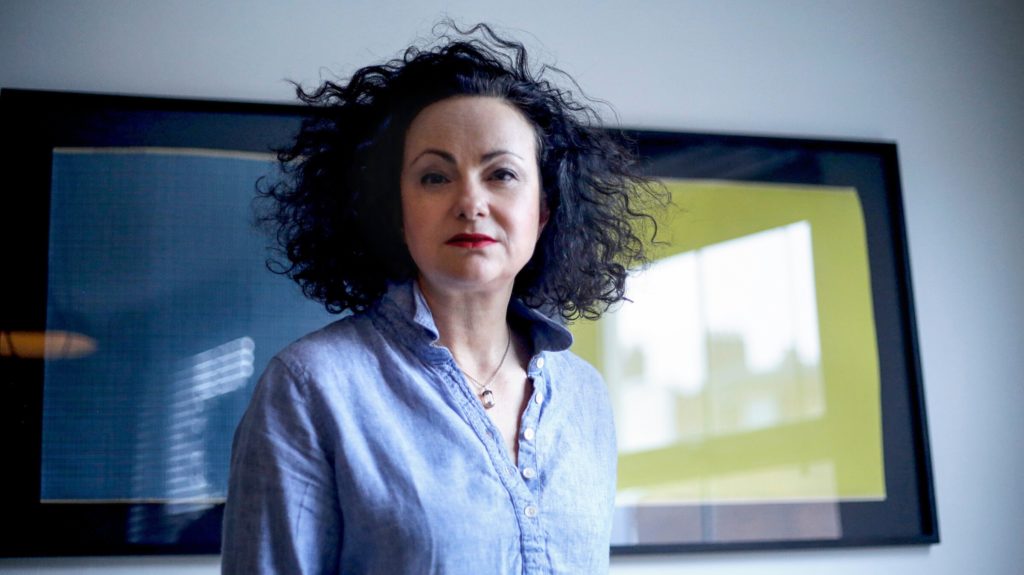

When we video call Lara for this article, the snow has been coming down around her Cotswold home, and she’s not long been out in Big Red, her beloved Land Rover Series IIA.
‘Land Rovers love this weather,’ she says, laughing. The pandemic may have limited travel, but whatever essentials are permitted, Big Red is up to the challenge.
Lara and Big Red first met on a dark, rainy November night in 2014 – it was love at first sight. While the name was chosen for the shade of red she appeared to be, Lara quickly found the carmine hue was in fact caused by Big Red’s burnt, crispy paint from being kept under a glass canopy for so long.
‘She also drifted to the left,’ recalls Lara, ‘because her right side was slightly longer than her left. And her wheel arches were cut out. Overall, she was a bit of a bodge job, but with so much character!’
‘So, it became a question of, do I restore her just to drive her, or do I try to put her back to factory standards and try to keep her as concours as possible?’ In the end Lara landed somewhere between the two, and what was expected to be a short restoration job turned into a serious project.
You spent 19 months and around 500 hours restoring Big Red, a real labour of love. But she’s not a garage trophy, is she?
She was never going to be. Historic, classic cars need to be used. They’re like our bodies – if they stay still too long, they get cranky. Land Rovers in particular are really mechanical cars, they need to be driven. And not just driven, but taken care of.
When I drive Big Red, I’m reminded that she’s an old lady – she needs lubricants, she needs Botox, she needs things that old people need. I have to keep greasing to stop her getting car arthritis and creaking! It’s about keeping the fluidity of life. There are definitely parallels between cars and people; we all need to keep moving.
